As others have noted, there are Ethernet standards for far higher than 1GB transmission. However, these have relatively small penetration into anything other than specialised datacentre installs.
The average home user, or business "office floor" user is still using Cat5 or maybe Cat6 cabling. The latter can theoretically do 10G, but in most cases probably only runs at 1GB. The reason for this is the cost of 10G is probably far greater than the real benefit of it. That is, the average desktop/laptop user, even the "power" users simply don't need that much bandwidth all of the time. For the few times in the month/year when they do, sure, it goes a bit slower, but the cost of that delay is less than the cost of provisioning 10G to them.
As noted elsewhere is that the higher "rated" bandwidths of wireless technologies are shared amongst all clients on that same network. Thus contention can dramatically reduce the real, available bandwidth to any given client. Further, there tends to be a larger protocol overhead for wireless networks compared to wired - so (say) a 1GB wireless connection, dedicated to one client will actually download data slightly slower than a 1GB wired connection (my rule of thumb is about 10% protocol overhead for wired, and 20% for wireless, but I'm doubtless waaay inaccurate there). Thus, higher bandwidths look good in marketing brochures, but don't necessarily mean that's what you'll actually get.
Just to labour the point a bit further... Bandwidth (and the equipment to provide it) is demand driven. Right now at least, the average user simply doesn't need the bandwidth of a simple Cat5/6 cable, let alone the additional bandwidth of later standards. Most users just need to download a few files, maybe watch some videos and send some emails. As such, "1G is enough for anyone", at least right now. I'm sure when we start getting full-brain implants that need more bandwidth, the cabling and connection standards will appear to support it, and with enough people to buy it, the price will be low enough that it'll become consumer technology.
All the while though, even the average household could completely consume many of the more common wireless standards - just by doing the "simple" activities I mentioned above with phones and laptops. Those people will absolutely want additional bandwidth, and so will be looking to upgrade to ever faster wireless networks for a few more years at least. Another solution for some of those people would be to use more Wireless Access Points to divide users amongst channels which don't affect each other. That more than doubles the install cost though, so the demand for higher bandwidth remains.
